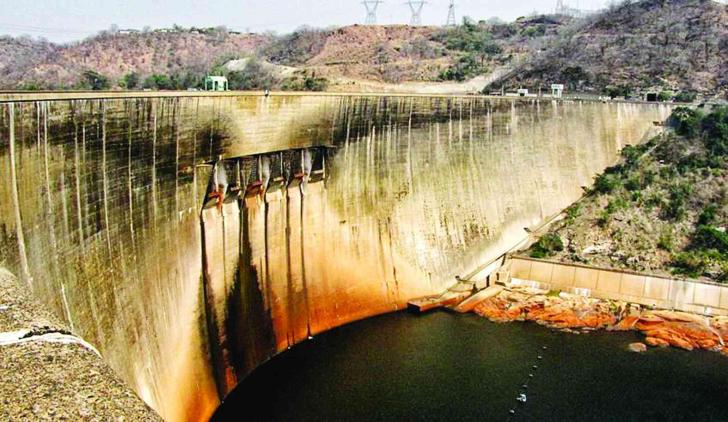News / National
Zimbabwe to continue generating power from Kariba
05 Sep 2024 at 06:14hrs |
0 Views

Zimbabwe will continue generating power from the Kariba Hydro-Power Station through the end of the year, despite facing challenges due to low water levels. This assurance comes as Zambia plans to suspend its own power generation from the Kariba Dam later this month due to the El Nino-induced drought affecting water levels.
The Zambezi River Authority (ZRA), which manages power generation at Kariba for both countries, has reported that only eight percent of available water is usable for power generation.
Energy and Power Development Minister Edgar Moyo confirmed that Zimbabwe has not exhausted its power generation capacity and will maintain its current production levels, although some load shedding may occur.
Currently, Zimbabwe is generating about 215MW from an installed capacity of over 1,000MW, with thermal power stations in Hwange helping to balance the power supply.
Looking ahead, Zimbabwe hopes that the upcoming La Nina rainy season will improve water levels in Lake Kariba and enhance power generation capacity. The Southern Africa Regional Climate Outlook Forum (Sarcof-29) has projected normal to above-normal rainfall for the 2024/25 rainy season.
Additionally, the Zimbabwean government has mandated ferrochrome smelting companies, which consume a significant portion of the country's power, to develop their own renewable energy sources. This move is aimed at conserving water and increasing available power for other sectors.
The government has given these companies until the end of 2025 to complete their renewable energy projects, after which they will be removed from the national grid, potentially freeing up 20 percent of power for other uses.
Minister Moyo also encouraged other sectors to invest in renewable energy and noted that Zimbabwe's Renewable Energy Policy allows for the duty-free import of solar equipment to promote the use of renewable sources.
The Zambezi River Authority (ZRA), which manages power generation at Kariba for both countries, has reported that only eight percent of available water is usable for power generation.
Energy and Power Development Minister Edgar Moyo confirmed that Zimbabwe has not exhausted its power generation capacity and will maintain its current production levels, although some load shedding may occur.
Currently, Zimbabwe is generating about 215MW from an installed capacity of over 1,000MW, with thermal power stations in Hwange helping to balance the power supply.
Looking ahead, Zimbabwe hopes that the upcoming La Nina rainy season will improve water levels in Lake Kariba and enhance power generation capacity. The Southern Africa Regional Climate Outlook Forum (Sarcof-29) has projected normal to above-normal rainfall for the 2024/25 rainy season.
Additionally, the Zimbabwean government has mandated ferrochrome smelting companies, which consume a significant portion of the country's power, to develop their own renewable energy sources. This move is aimed at conserving water and increasing available power for other sectors.
The government has given these companies until the end of 2025 to complete their renewable energy projects, after which they will be removed from the national grid, potentially freeing up 20 percent of power for other uses.
Minister Moyo also encouraged other sectors to invest in renewable energy and noted that Zimbabwe's Renewable Energy Policy allows for the duty-free import of solar equipment to promote the use of renewable sources.
Source - The Chronicle
Join the discussion
Loading comments…














